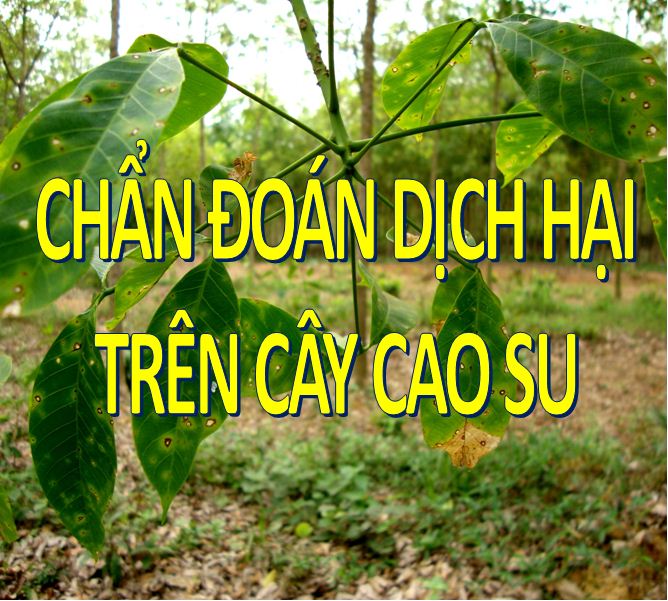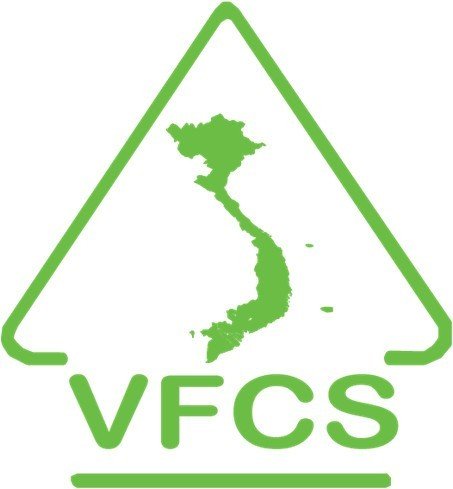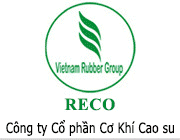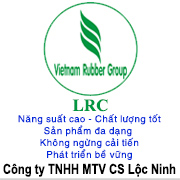3 growth scenarios for agricultural, forestry, and fishery exports amid new U.S. tariffs 08/05/2025
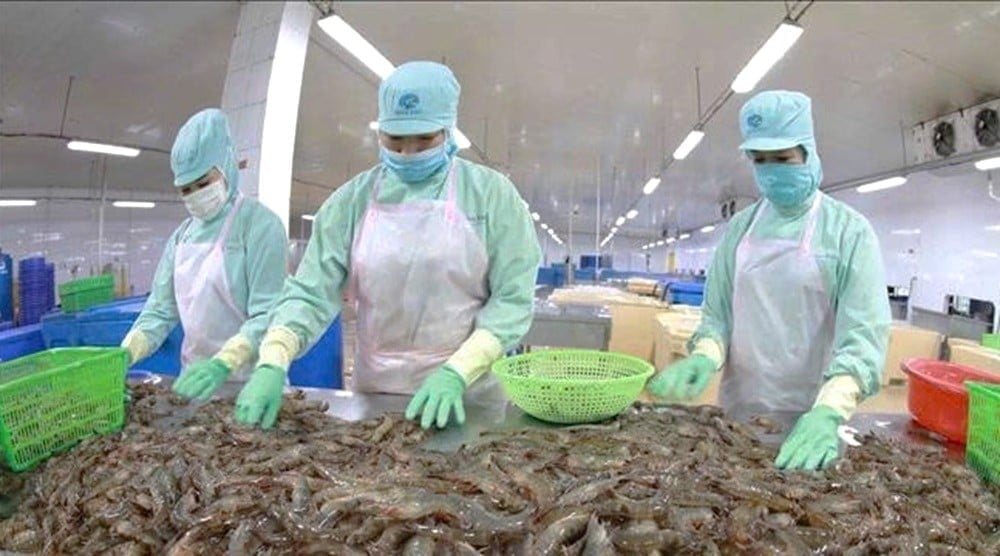
It is necessary to quickly implement urgent support measures for key items heavily impacted by the U.S. tariff policy.
U.S. President Donald Trump has signed an Executive Order imposing minimum and additional tariffs on 180 import markets. Specifically for Vietnam, the announced tariff rate is 46%, ranking among the highest in the world.
The U.S.'s new tariff policy has created significant challenges for Vietnam's agricultural exports, as competitors such as Thailand and India are enjoying an advantage thanks to lower tariff rates. Meanwhile, the U.S. remains Vietnam's largest export market for agricultural, forestry, and fishery products. The U.S.'s imposition of new reciprocal tariffs will create obstacles for Vietnam's agricultural exports.
According to the Ministry of Agriculture and Environment, the U.S. is currently Vietnam's second-largest export market for agricultural, forestry, and fishery products (after China), accounting for 20.2% of Vietnam’s total export turnover of agricultural, forestry, and fishery products. In 2024, agricultural, forestry, and fishery exports to the U.S. surpassed USD 14.3 billion, up 25% compared to 2023. In the first quarter of 2025, agricultural, forestry, and fishery exports to this market reached over USD 3.2 billion, up nearly 15% over the same period in 2024. Key export items included wood, pepper, cashew nuts, seafood, coffee, and fruits and vegetables.
Currently, the U.S. is postponing the imposition of a 46% reciprocal tariff on goods imported from Vietnam. However, to respond to the next time the U.S. may still proceed with high tariffs, the Institute of Policy and Strategy for Agriculture and Environment (under the Ministry of Agriculture and Environment) has outlined three forecast scenarios for Vietnam's agro-forestry-fishery sector in 2025. Each scenario is associated with specific tariff rates that the U.S. might apply, thereby reflecting the corresponding impact on export turnover and sectoral growth.
Scenario 1: If the tariff remains at 10% throughout 2025 and is uniformly applied to all countries, the agricultural sector's exports and growth targets would be almost unaffected.
Scenario 2: If both sides agree on a 20% tariff rate after the postponement period, exports in the second half of the year could decline by 20%, resulting in a drop of 0.15–2 percentage points in the agro-forestry-fishery sector's growth, to around 3.8–3.85%.
Scenario 3: If the U.S. maintains the 46% tariff, exports in the second half of the year are expected to decline by 40%, resulting in a decrease of 0.3–0.4 percentage points in the sector's growth, to 3.6–3.8%.
To address these challenges, the Institute of Policy and Strategy for Agriculture and Environment has proposed a series of response measures, including intensifying dialogue with the U.S., providing urgent support, and expanding export markets.
Specifically, it is necessary to strengthen dialogue with the U.S. to find solutions to reduce two-way import tax or apply for tax exemptions for some strategic agricultural products. Along with that is to enhance transparency in product origin and to establish a clear quality control system.
Urgent support measures need to be quickly implemented for key items heavily impacted by the new tariffs. These measures should be short-term but need to be deployed quickly and strongly enough to help enterprises and farmers adapt promptly. Immediate actions could include reducing import tariffs on raw materials, deferring VAT and corporate and personal income tax payments, and offering interest rate support for affected groups. At the same time, efforts to improve productivity, quality, and cost efficiency should be intensified, primarily through research and the application of science and technology, to boost the competitiveness of Vietnam's agricultural, forestry, and fishery products, in line with the spirit of Resolution 57-NQ/TW of the Politburo on innovation and digital transformation.
Enterprises are also urged to diversify their export markets. Besides traditional markets such as China, East Asia, ASEAN, the U.S., and the EU, it is also necessary to accelerate the exploitation of potential markets such as the BRIC countries (Brazil, Russia, and India), Latin America, major African countries, and new markets such as Halal food consumption countries.
- VPUB – Tập đoàn Công nghiệp Cao su Việt Nam chúc Tết tỉnh Điện Biên (07/01/2025)
- Dự báo kinh tế thế giới năm 2025 (06/01/2025)
- Giá cao su, đường biến động ra sao giai đoạn đầu năm 2025? (06/01/2025)
- Những vấn đề pháp lý thúc đẩy kinh tế số trong Hiệp hội các quốc gia Đông Nam Á: Một số giải pháp và khuyến nghị (03/01/2025)
- Việt Nam vào top 15 nền kinh tế lớn châu Á: Doanh nghiệp muốn nắm cơ hội “ngàn năm có một” (03/01/2025)
- Bà Huỳnh Thị Nga được bổ nhiệm làm Chủ tịch Hội đồng thành viên Công ty Cao su Chư Păh (03/01/2025)
- Cao su Việt Nam (GVR) được phê duyệt khu công nghiệp 360 ha tại Bình Dương (03/01/2025)
- Giá cao su hôm nay 3/1/2025: Giá cao su tăng - giảm trái chiều trên sàn SHFE, trong nước duy trì đà đi ngang (03/01/2025)
- Việt Nam tiếp tục khẳng định vị thế là điểm sáng nổi bật về tăng trưởng kinh tế (02/01/2025)
- Mô hình nông lâm kết hợp trồng cao su tại Thái Lan (02/01/2025)











